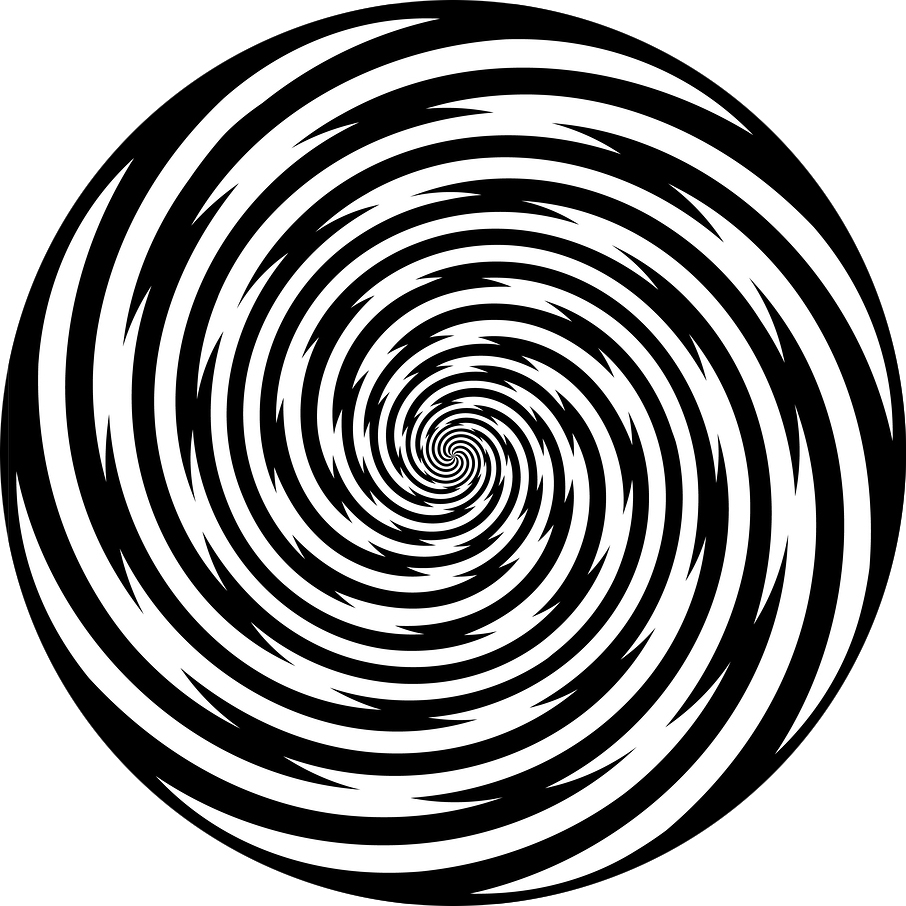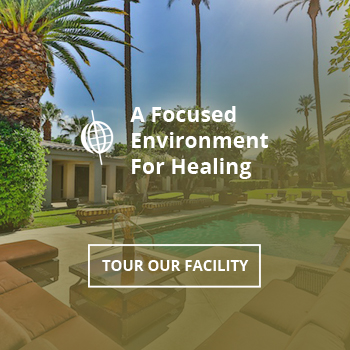Jump to Section:
Every year, a new drug emerges on the underground market, promising to take users to a new level of euphoria, excitement or psychedelic experience. One of the most recent drugs to endanger the health and safety of recreational users is GHB, a synthetic sedative with psychoactive properties. Also known as “liquid Ecstasy,” GHB gained popularity in the club scene in the late 1990s. Since then, recreational use of GHB and other club drugs has been increasing in the US, according to the Center for Substance Abuse Research at the University of Maryland.
In 2011, 1.4 percent of high school seniors reported that they had used GHB at some point in the past 12 months, according to the annual Monitoring the Future survey. Like ketamine and Rohypnol, two other sedative drugs that are commonly used at nightclubs and parties, GHB is used not only to get high or alter sensory perceptions but also to take advantage of unsuspecting partiers. GHB has earned a reputation as a “date rape drug” because it has been used to render people unconscious so they can be assaulted sexually without their knowledge.
GHB in the Medical Community
GHB (gamma-hydroxybutyrate) occurs naturally in the brain as a metabolic product of GABA (gamma-aminobutyric acid), a neurotransmitter that promotes feelings of drowsiness and contentment. In the 1960s, this central nervous system depressant was synthesized in laboratories and used for anesthesia. It was also used to treat serious sleep disorders, like narcolepsy, and to help bodybuilders increase muscle mass and lose weight. However, by the 1990s, the medical community determined that the dangers of GHB outweighed its benefits.
In 1999, the U.S. Food and Drug Administration announced that because of the number of emergency incidents and sexual assaults associated with GHB, and because the drug could easily be produced with cheap chemical ingredients, it should be made illegal. In 2000, the drug was classified as a Schedule I controlled substance by the Drug Enforcement Administration.
These risks included:
- Extreme sedation
- Amnesia
- Hallucinations
- Dizziness
- Nausea and vomiting
- Breathing problems
- Unconsciousness
- Drug-facilitated rape
In 2002, the FDA approved GHB to prevent daytime sleepiness in people with severe narcolepsy. This drug, marketed as Xyrem, is subject to strict regulations and can be prescribed only for this purpose.
Illicit Uses of GHB

On the streets, GHB goes by a number of nicknames: “Grievous Bodily Harm,” “Georgia Home Boy,” “G,” “Gamma Oh” and “Liquid Ecstasy.” The drug is produced in underground labs, where it is made with cheap, readily available chemicals. The production of the drug is completely unregulated, and the strength and content of each batch may vary. GHB users never know exactly what they’re taking, or how much of the drug they need to experience its effects.
GHB is available in liquid, powder, tablet or capsule form. When dissolved in a soft drink or alcoholic beverage, it is colorless and odorless, and its taste is easily masked by other flavors. Kansas State University warns that GHB, along with Rohypnol, or “roofies,” is one of the most common drugs reported in date rape cases.
The side effects of GHB vary according to the dose. Smaller doses produce a sense of relaxation, euphoria, and a lowering of inhibitions. Higher doses cause sleepiness, loss of muscle control, lack of coordination, confusion and slurred speech. Signs of a GHB overdose include:
- Loss of memory
- Hallucinations
- Difficulty breathing
- Slow heart rate
- Seizures
- Passing out
- Coma
- Death
GHB is frequently mixed into alcoholic drinks, which can enhance its sedative properties. Combining GHB with alcohol or other drugs greatly increases the risk of alcohol poisoning or an overdose. If you’re with someone at a party who suddenly becomes confused, lethargic, drowsy and uncoordinated — or if that person has trouble breathing or falls unconscious — call 911 immediately for medical attention.
How to Detect GHB Abuse
Many of the signs of active GHB use resemble alcohol intoxication. A person under the influence of GHB may act unnaturally giddy, relaxed, sleepy or clumsy. Other side effects of acute intoxication include staggering, forgetfulness, disorientation, and slow or slurred speech. Once the initial effects of the drug wear off — usually within 45 to 90 minutes of ingesting GHB – the user may act drowsy and depressed.
Victims of a drug-facilitated assault may wake up feeling extremely hungover and confused about their surroundings, with little or no memory of what happened to them. They may or may not have obvious physical signs of rape. Because GHB leaves the system quickly, it is difficult to identify this drug in laboratory tests. However, if you suspect that you’ve been given GHB without your consent — even if you weren’t assaulted — it’s important to report the incident to a medical professional and to the authorities.
Recovering From GHB Abuse
The addictive potential of GHB is still uncertain. Yet case studies of long-term users show that stopping the drug abruptly can produce withdrawal symptoms. Substance Abuse and Misuse notes that people who have taken GHB repeatedly may experience symptoms like the following:
- Sleep disturbances
- Abnormal body movements (tremors, twitching)
- Headaches
- Nausea
- Restlessness
- Anxiety
When GHB is abused along with other substances, like alcohol, the effects of withdrawal can be even more severe. If you or someone important to you has been abusing GHB, a professional detox and rehab program is the safest, most effective route to recovery. Following a period of detoxification, a comprehensive rehab program should include:
- One-on-one psychotherapy
- Self-help groups
- Behavioral modification therapy
- Family counseling
- Alternative therapies like acupuncture, massage and hypnotherapy
- Aftercare resources and transitional living centers
The addiction specialists at Axis Treatment Centers understand the challenges of recovering from designer drug abuse. We offer individualized treatment programs at our residential recovery facility in Indian Wells, CA, and our treatment center in Los Angeles. For answers to your questions about GHB abuse, call our admissions counselors at our toll-free number.




